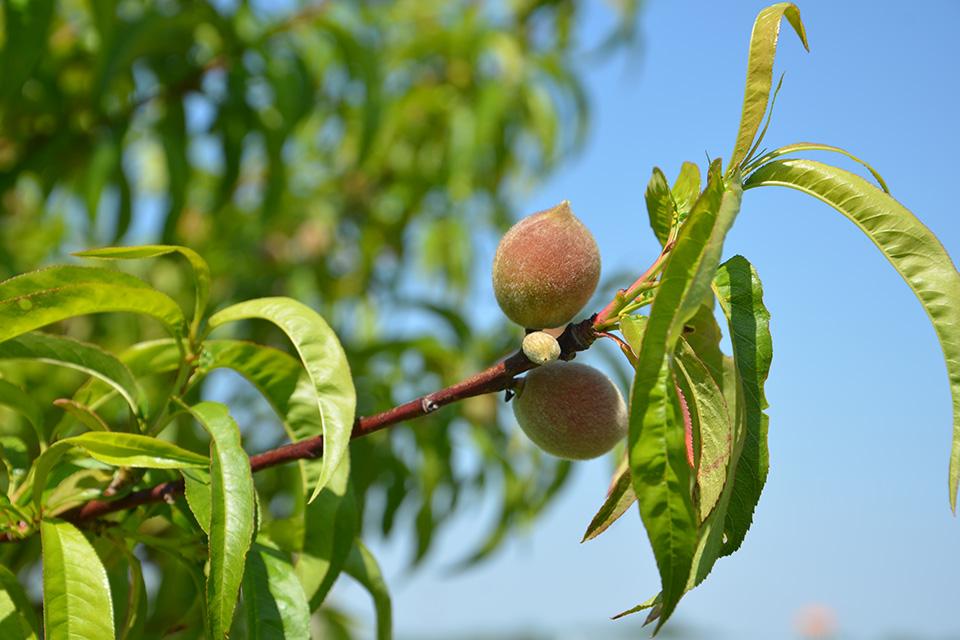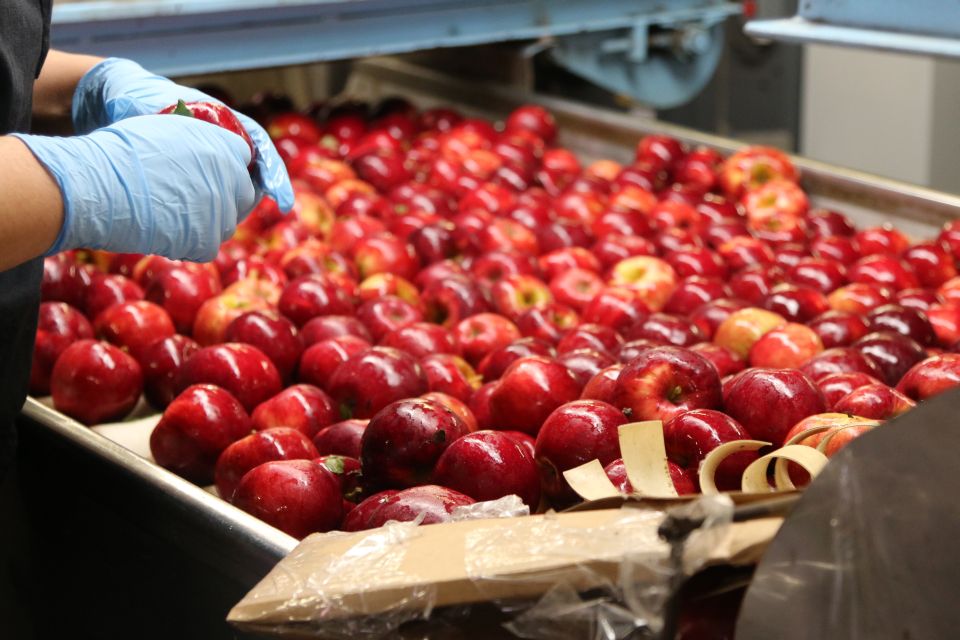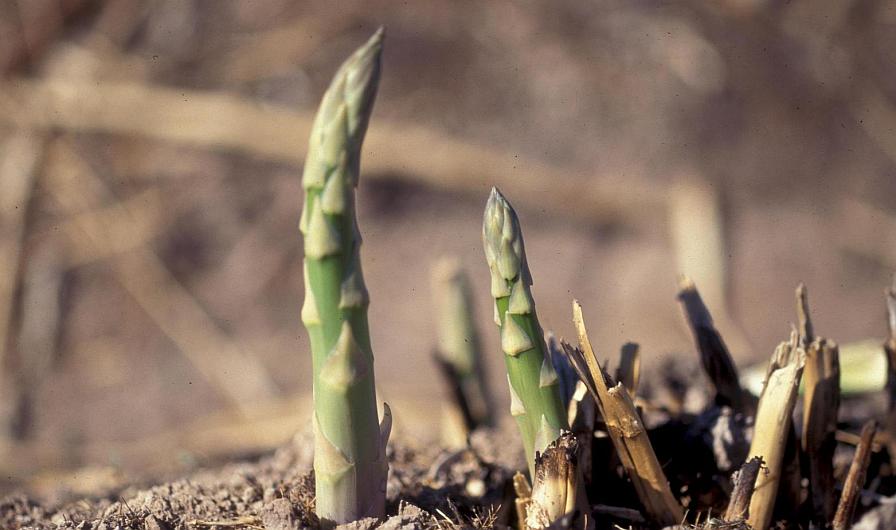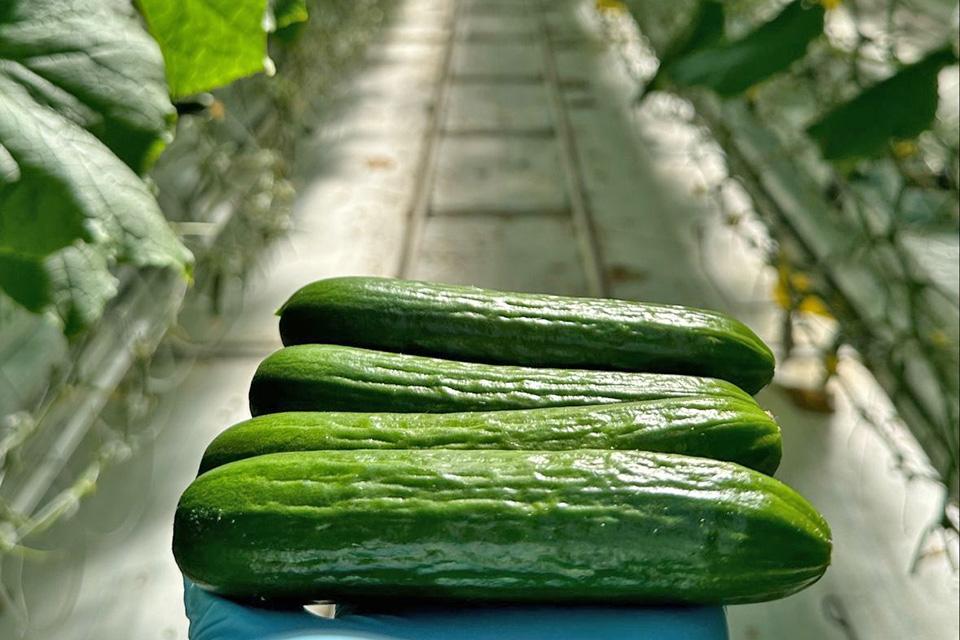California Receives $6 Million For Water Enhancement Projects
The USDA Natural Resources Conservation Service (NRCS) California State Office received approximately $6 million for Agricultural Water Enhancement Program (AWEP) projects to improve water quality and quantity on hundreds of farms throughout the state. For the second year in a row, California received the largest amount of funding in the U.S. for nine different AWEP projects.
“AWEP is a voluntary conservation initiative that provides financial and technical assistance to farmers and ranchers to improve water conditions and conserve valuable water resources on their agricultural land,” said Ed Burton, NRCS State Conservationist for California. Nationwide, nearly $20 million will be used to fund 28 AWEP projects in 10 states.
AWEP was established by the 2008 Farm Bill as part of the Environmental Quality Incentives Program (EQIP), a program administered by NRCS. AWEP projects are unique from traditional EQIP contracts in that applications for funding are made directly to USDA from an organization on behalf of a group of agricultural producers who intend to make water improvements in a geographic area.
AWEP partners include federally recognized Indian tribes, states, units of local government, agricultural associations, and non-governmental organizations. Applications from individual agricultural producers within a given AWEP project area are ranked according to the conservation resource need. Producers whose applications are selected enter into individual contracts with NRCS.
NRCS California received $18 million in Fiscal Year 2009 to fund 15 projects aimed at improving irrigation efficiency, nutrient management, groundwater quality and many more conservation practices.
NRCS will announce sign-up information, for farmers and ranchers in approved project areas, in the coming weeks. For more information on the project goals and boundaries, contact your local NRCS field office. For more information, go to www.nrcs.usda.gov/
Source: USDA – Natural Resources Conservation Service









